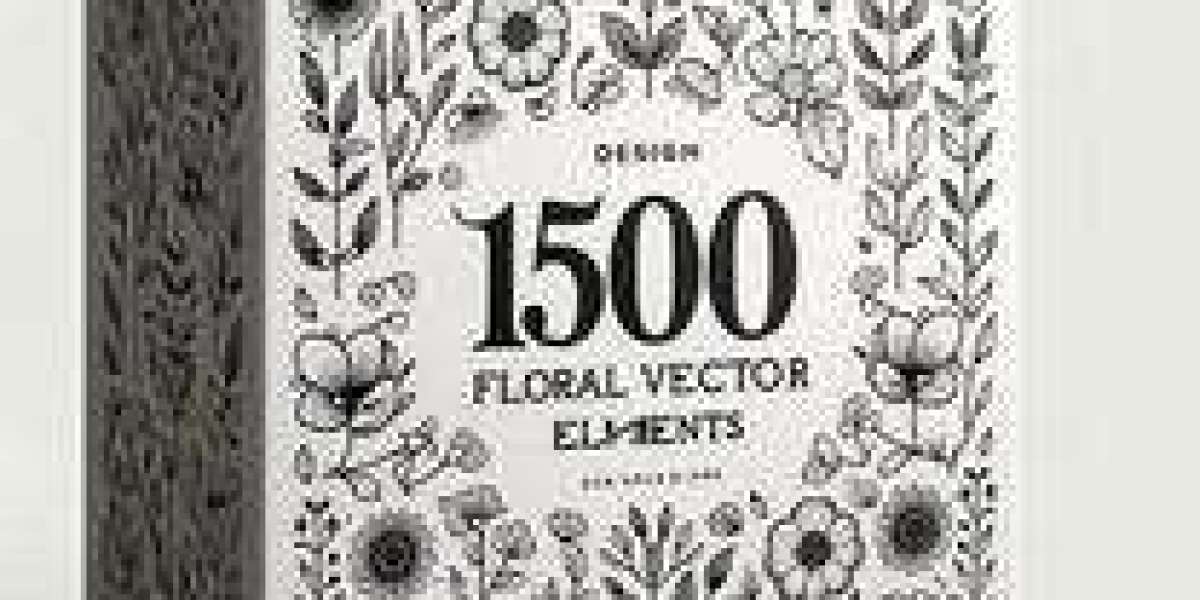Advancements in 3D-Printed Breast Prostheses: A New Era of Comfort and Confidence
In recent years, the field of breast prosthesis has witnessed a remarkable transformation with the introduction of 3D printing technology. What was once a one-size-fits-all approach has now evolved into a highly personalized, comfortable, and aesthetically pleasing solution for individuals undergoing mastectomy or lumpectomy. This innovation is not only enhancing physical recovery but also uplifting emotional well-being for thousands of breast cancer survivors worldwide.
Understanding Breast Prosthesis: More Than Just a Replacement
A breast prosthesis is an artificial breast form used to simulate the shape, weight, and appearance of a natural breast after mastectomy or breast-conserving surgery. Traditionally, these forms were mass-produced using silicone or foam and were available in limited shapes, sizes, and skin tones. While functional, they often fell short in terms of comfort, weight balance, and realism.
The emotional toll after breast removal is immense, and many patients seek solutions that help restore not just their appearance but also their identity and confidence. This is where 3D printing has begun to revolutionize the landscape.
What Makes 3D-Printed Breast Prostheses Revolutionary?
1. Unparalleled Customization
Unlike traditional prostheses, 3D-printed breast forms are designed using digital scans of the patient’s chest wall. This ensures a perfect anatomical match, which greatly improves both the fit and the natural appearance of the prosthetic. These customized forms adapt better to body movements, reduce skin irritation, and blend seamlessly under clothing.
2. Comfort and Weight Optimization
One of the common complaints with conventional prostheses is their weight, especially when made from solid silicone. 3D-printed options allow for internal structuring that mimics natural tissue but is significantly lighter. Patients can wear them longer without discomfort or back and shoulder strain.
3. Material Innovation
With advancements in materials science, 3D printers now utilize biocompatible and skin-safe polymers that are soft, breathable, and durable. Some manufacturers even offer prostheses made from recyclable or biodegradable materials, appealing to eco-conscious consumers.
4. Skin Tone and Texture Matching
A major drawback of older breast forms was the lack of diversity in skin tone. With 3D modeling, pigmentation can be adjusted to match the user’s skin exactly. Even surface details such as freckles or veins can be replicated for a hyper-realistic appearance.
The Emotional Impact: A Boost in Confidence
The psychological recovery after a mastectomy is just as crucial as the physical healing. Studies show that when a breast prosthesis fits well and looks natural, users report higher self-esteem, body positivity, and comfort in social situations. The ability to customize every detail empowers women to reclaim their bodies and live life with greater confidence.
Many patients describe the experience of receiving a 3D-printed prosthesis as “life-changing,” emphasizing that it feels uniquely theirs rather than a generic medical device.
Challenges and Considerations
While the benefits are numerous, this technology does come with challenges:
Cost and Accessibility: Custom 3D printing can be expensive, especially without insurance coverage. However, as the technology becomes more widespread, costs are gradually decreasing.
Regulatory Approval: Like any medical device, breast prostheses must meet health authority regulations for safety and efficacy. Some 3D-printed models are still in early stages of regulatory clearance.
Awareness Gap: Many patients and even healthcare providers are still unaware that such personalized solutions exist. Education and outreach are needed to make these advancements widely known and accessible.
The Future of Breast Prosthesis
As 3D printing continues to evolve, the possibilities are expanding. Researchers are now exploring hybrid designs that combine prosthetics with wearable sensors to monitor skin temperature, detect irritation, or even track lymphatic drainage for lymphedema patients.
Moreover, collaborations between engineers, artists, and medical professionals are producing breast forms that are not only functional but also beautiful—some featuring customizable designs, colors, or even personal touches like tattoos or jewelry-embedded surfaces.



